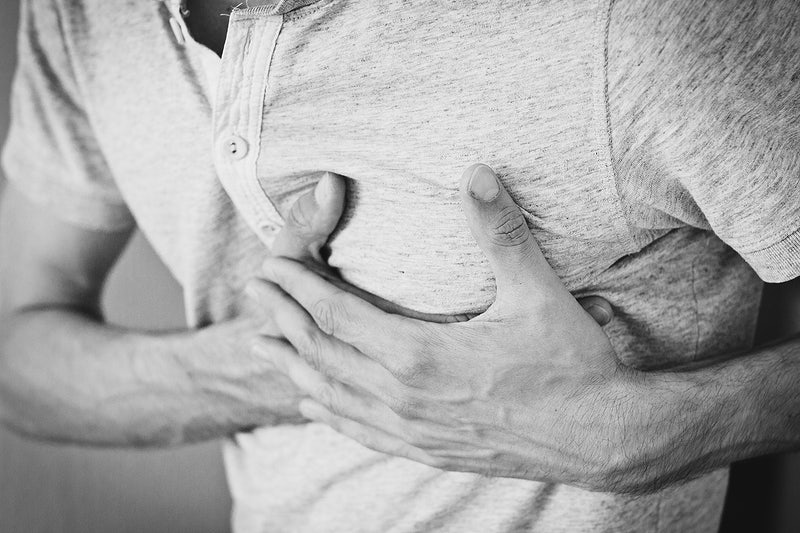Published just this month out of Department of Epidemiology Research, Statens Serum Institut, Copenhagen, Denmark comes a population based study [1] on the occurrence and effects of myocarditis in mRNA vaccinated individuals, compared to COVID infected individuals, and “conventional myocarditis” (everyone else) whom were admitted to the hospital between 2018-2022 in Denmark, Finland, Norway, and Sweden.

Individuals admitted to hospital for myocarditis within 28 days of vaccination with a SARS-CoV-2-mRNA vaccine (any dose) were categorised as having myocarditis associated with vaccination; individuals admitted to hospital for myocarditis within 28 days of a positive polymerase chain reaction (PCR) test result for the SARS-CoV-2 virus were categorised as having myocarditis associated with covid-19 disease.
A follow up was established 90 days after admission for all patients.
Our cohort included 7292 patients with a diagnosis of myocarditis; 530 (7.3%) were categorised as having myocarditis associated with vaccination, 109 (1.5%) were associated with covid-19 disease, and 6653 (91.2%) had conventional myocarditis (table 1).

At 90 days of follow-up from discharge for new onset myocarditis, 62 (11.7%), nine (8.3%), and 988 (14.9%) patients were readmitted to hospital in the vaccination type, covid-19 type, and conventional myocarditis groups, respectively. The relative risk of readmission between types of myocarditis within 90 days of discharge from hospital, with conventional myocarditis as the reference, was 0.79 (95% confidence interval 0.62 to 1.00) for patients with myocarditis associated with vaccination and 0.55 (0.30 to 1.04) for patients with myocarditis associated with covid-19 disease (table 3).

So far we can see very clearly that individuals who have myocarditis from the vaccine are more likely to be readmitted to the hospital versus COVID infection triggered myocarditis. By 79% as much, and 55% as much, respectively, compared to myocarditis caused by anything else (think heart disease, obesity, smoking). This is determined with a 95% confidence interval, and less than 40% difference in ranges (the range of the second interval is 0.36 larger than the range of the first interval).
[0.62, 1.00], the difference between the lower and upper bounds is 1.00 - 0.62 = 0.38
[0.30, 1.04], the difference between the lower and upper bounds is 1.04 - 0.30 = 0.74
0.74 - 0.38 = 0.36x difference in rangeHowever, amazingly enough, the paper goes on to try to defend the mRNA vaccine by claiming that vaccinated individuals are not only less at risk for heart failure, but “a significantly
decreased risk of heart failure”. Woah! So not only is the vaccine preventative (cough) against COVID, but also as a super-heroic side effect of being preventative against heart failure!? Well, let’s take a closer look.
At 90 days of follow-up for new onset myocarditis, heart failure was diagnosed in 22 (4.5 %), 12 (11.0 %), and 496 (7.5 %) patients with myocarditis associated with vaccination, myocarditis associated with covid-19 disease, and conventional myocarditis, respectively. We found that patients with myocarditis after vaccination had a significantly decreased risk of heart failure at 90 days after admission to hospital for myocarditis (relative risk 0.56, 95% confidence interval 0.37 to 0.85, P=0.006) compared with those with conventional myocarditis (table 2). Conversely, we found a non-significant increased risk of heart failure at 90 days in patients with myocarditis associated with covid-19 disease (1.48, 0.86 to 2.54) compared with conventional myocarditis.
We could debate that more vaccinated individuals were admitted to the hospital for myocarditis and thus more diagnosed with heart failure; we could also argue that it’s actually a higher percentage of infected individuals (11% vs 4.5%) that developed myocarditis. Either could be right, so it’s not worth calculating trivial things.
Instead, we look at and compare the CI:
[0.37, 0.85], the difference between the lower and upper bounds is 0.85 - 0.37 = 0.48
[0.86, 2.54], the difference between the lower and upper bounds is 2.54 - 0.86 = 1.68
1.68 - 0.48 = 1.20x difference in rangeThe range used to compare the infected to the vaccinated is skewed through a 120% difference in accepted range. This allows for a much higher spread to fit the narrative. Why wouldn’t a similar range be used for comparison, since the same cohort of patients were in fact compared as such just paragraphs earlier?
Continuing on,
The relative risk of death over 90 days of follow-up was 0.48 (0.21 to 1.09) for patients with myocarditis associated with vaccination and 2.35 (1.06 to 5.19) for patients with myocarditis associated with covid-19 disease, compared with conventional myocarditis (table 2).
[0.21, 1.09], the difference between the lower and upper bounds is 1.09 - 0.21 = 0.88
[1.06, 5.19], the difference between the lower and upper bounds is 5.19 - 1.06 = 4.13
4.13 - 0.88 = 3.25x difference in rangeTo fully conceptualize this, you must understand this means that 3x the amount of people could die from the vaccine-induced myocarditis versus virus-induced myocarditis, and still–myocarditis from COVID would be concluded less of a risk as per this study.
